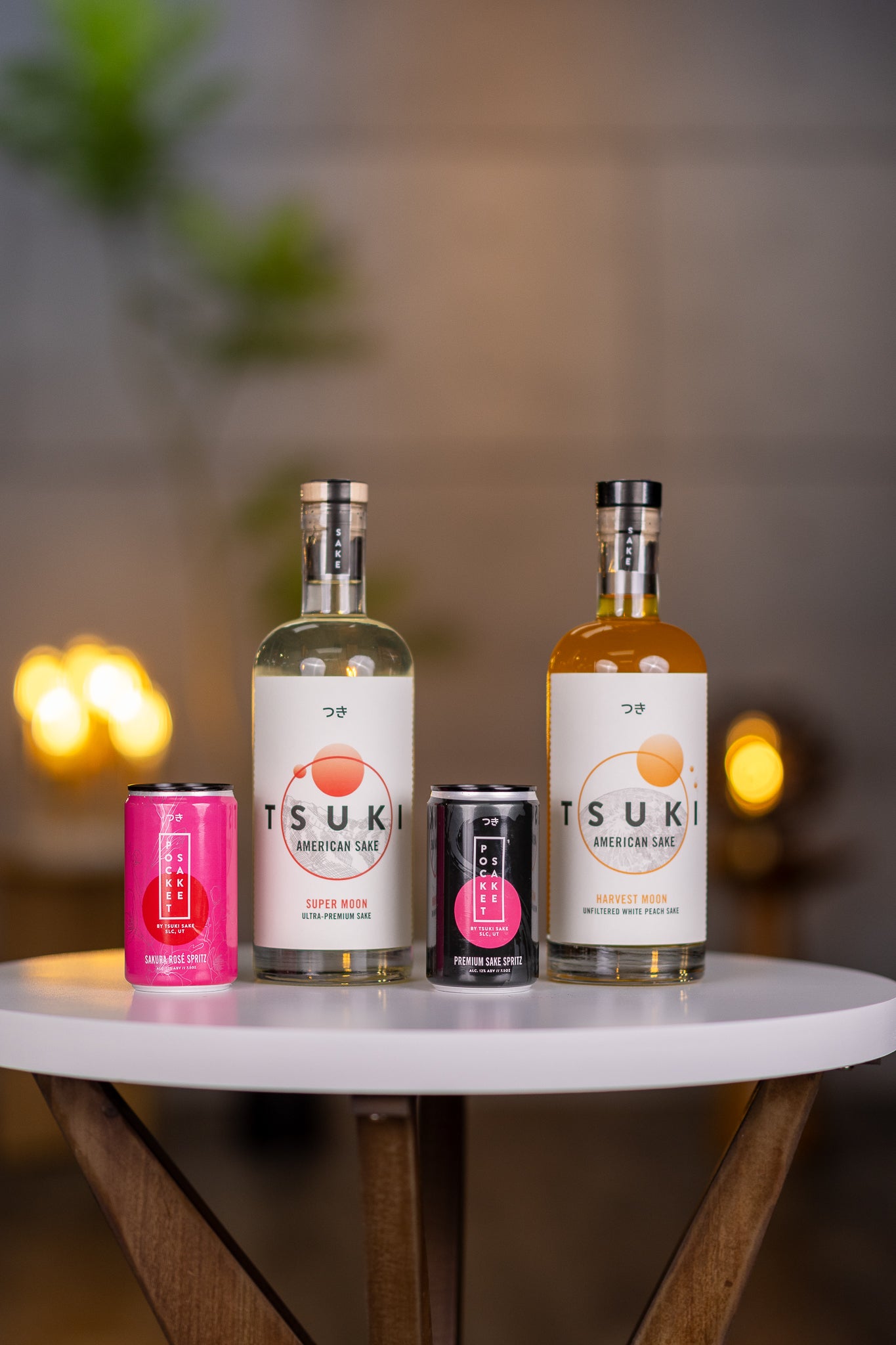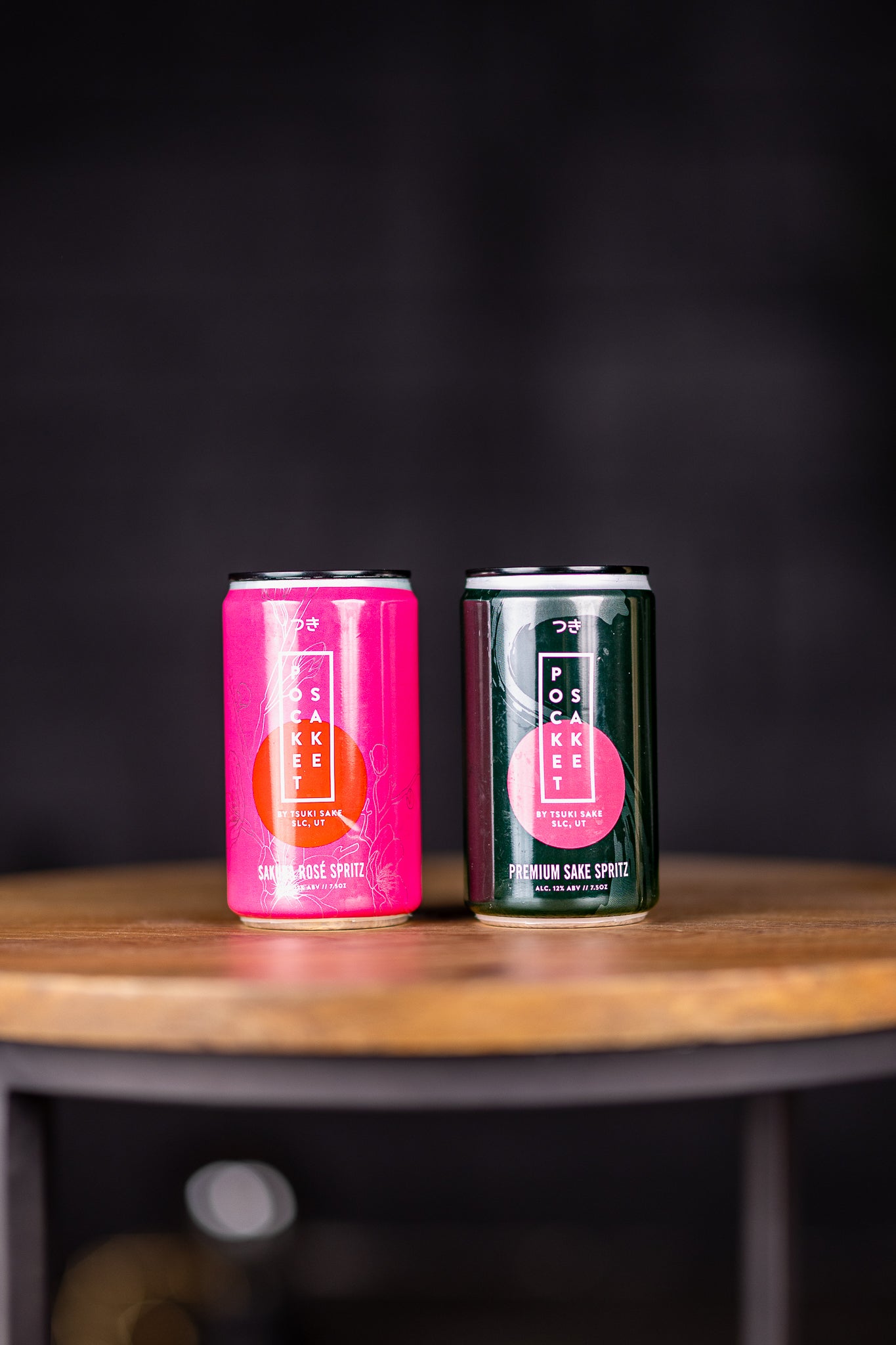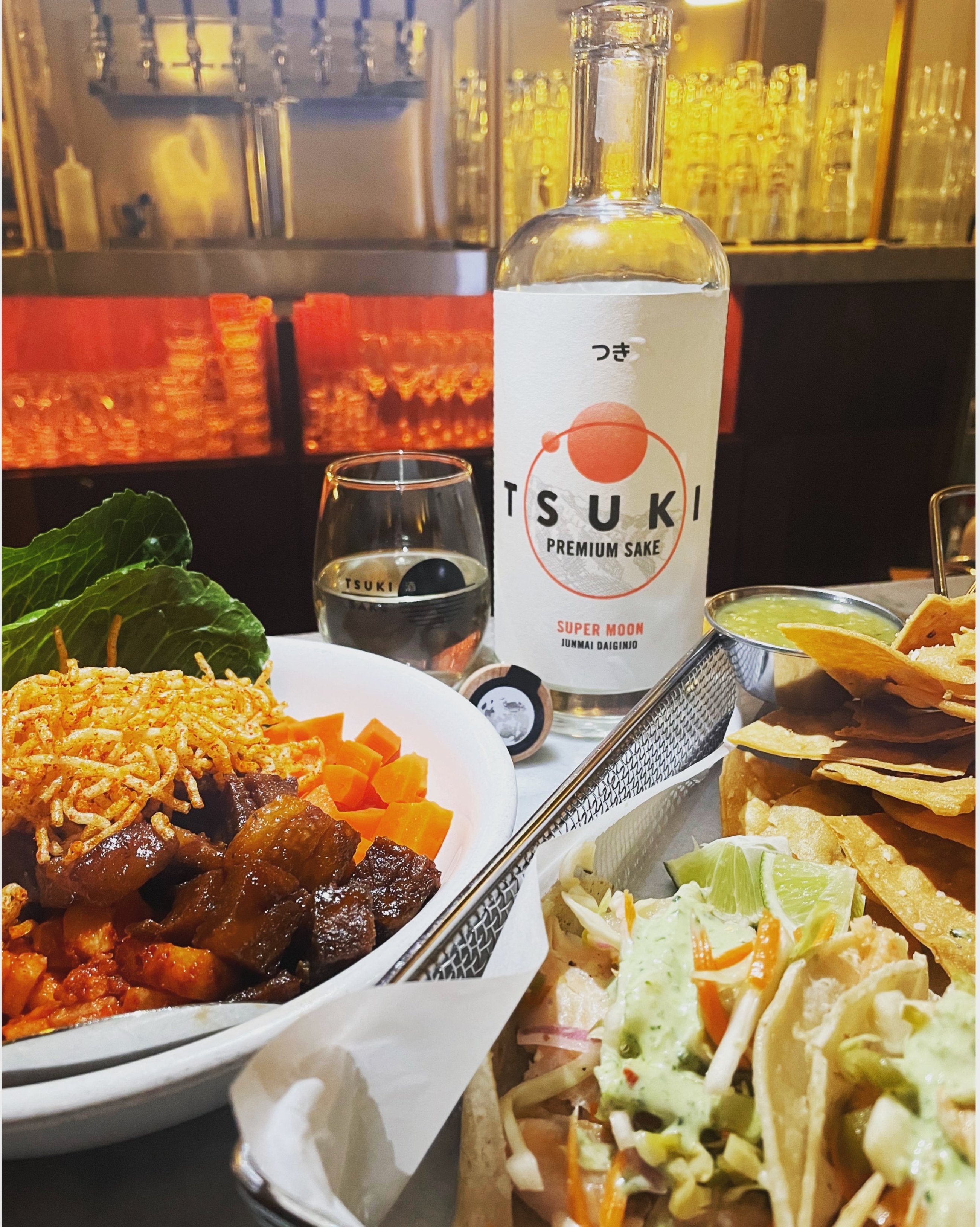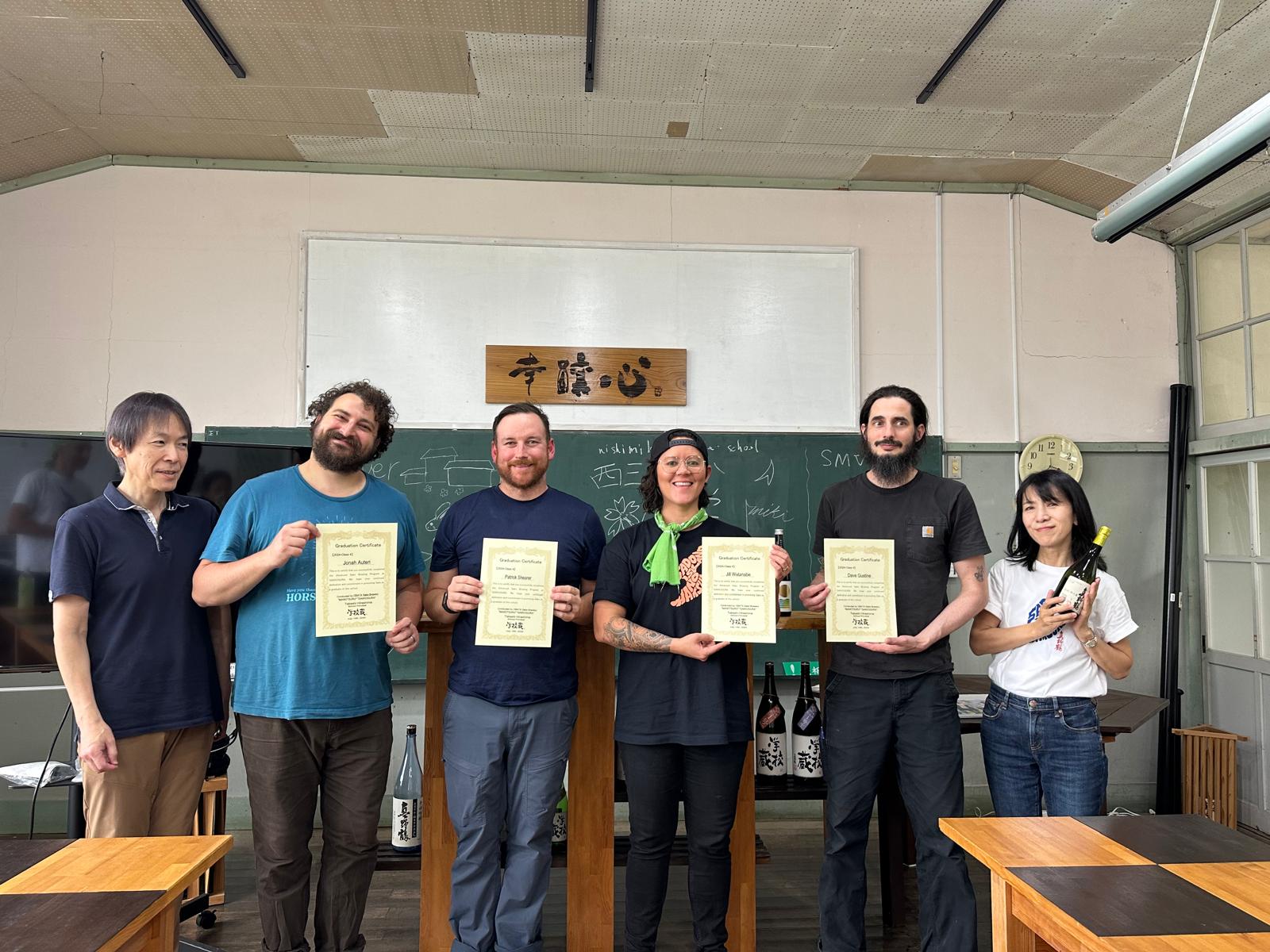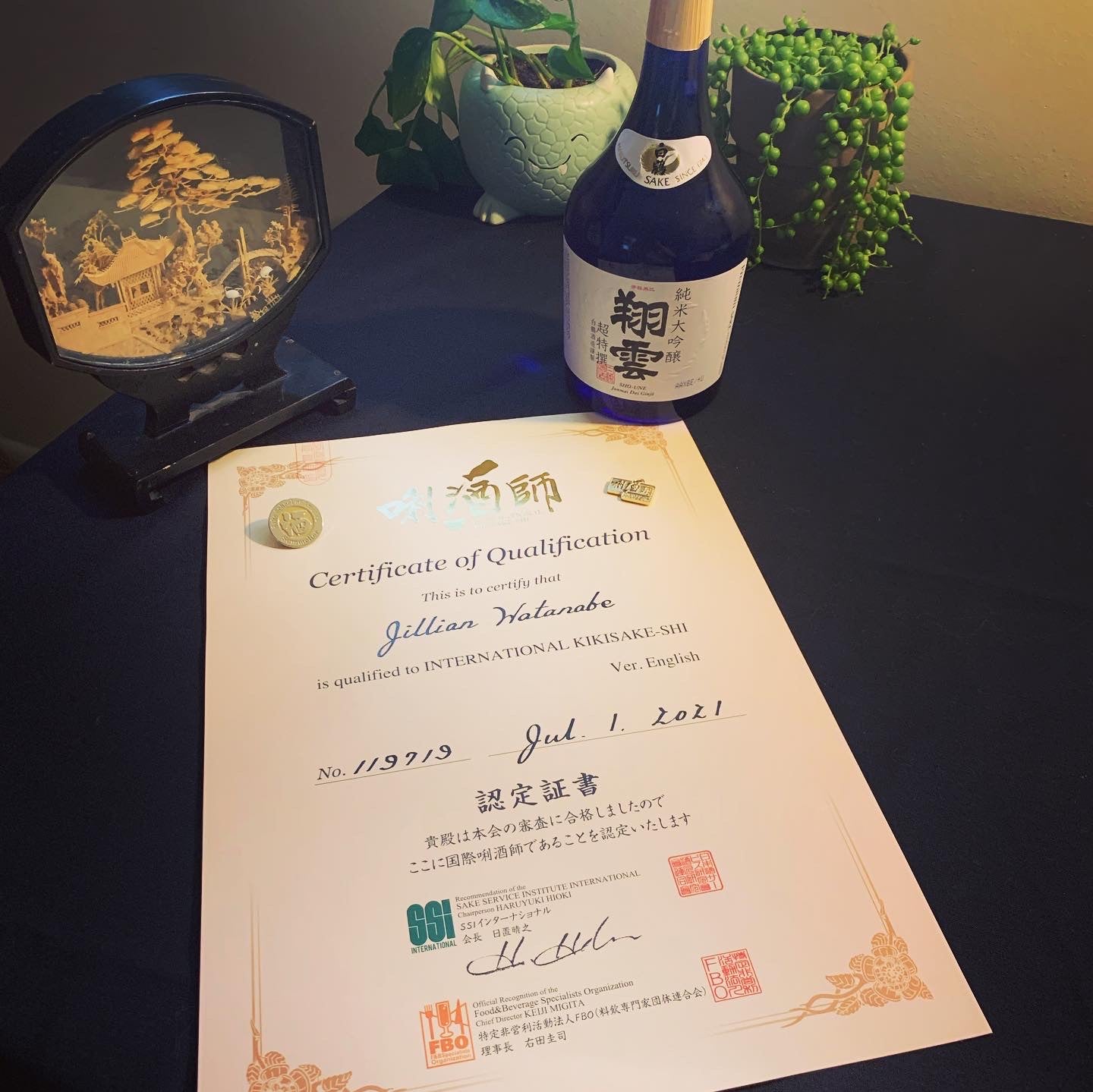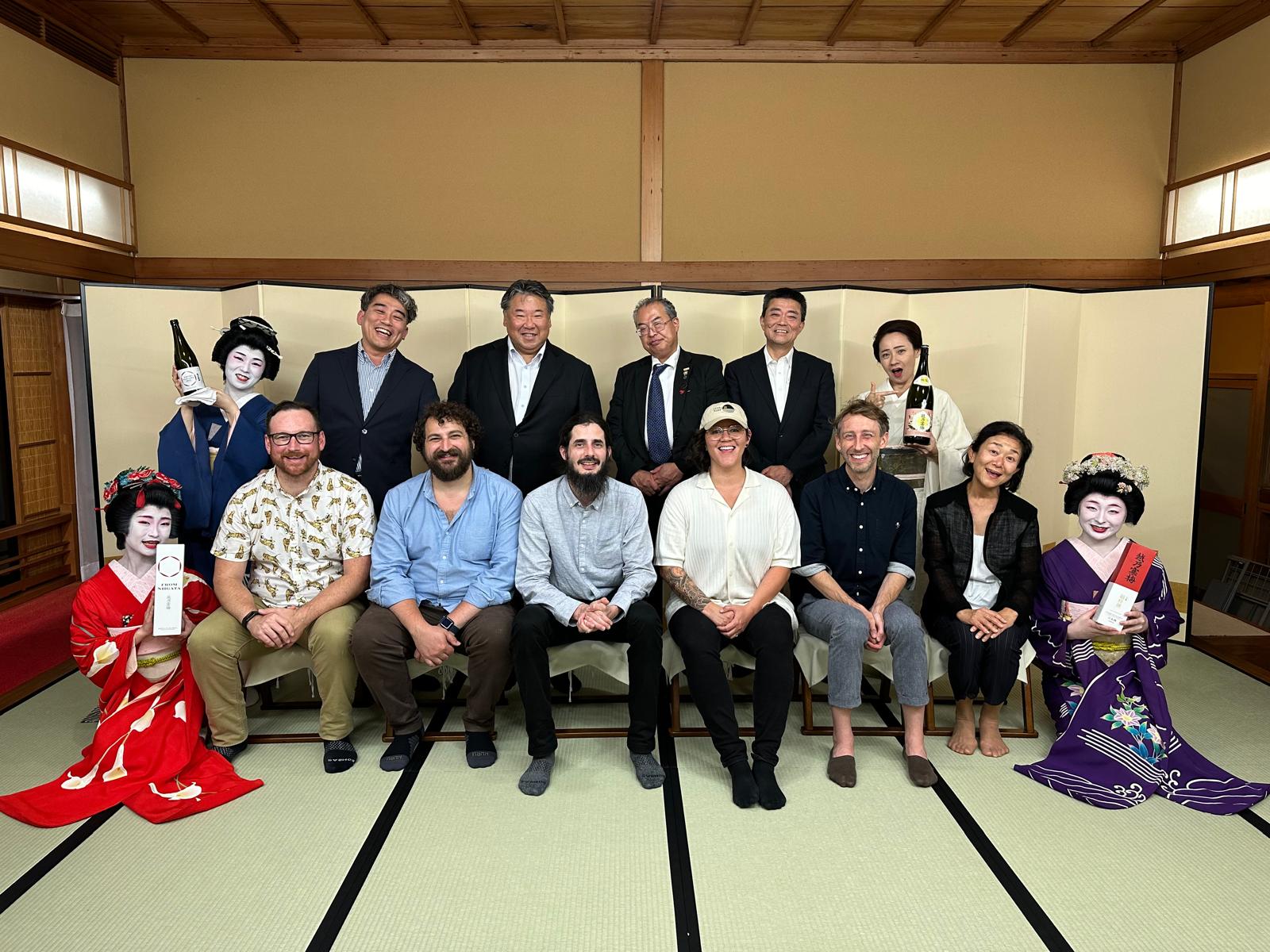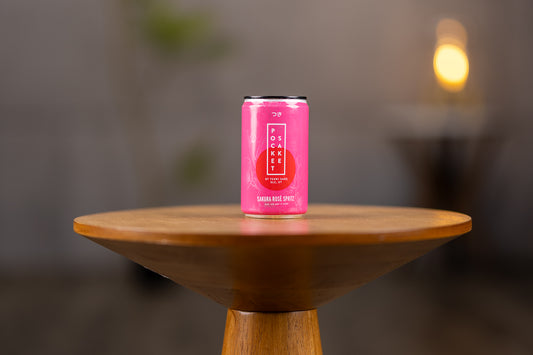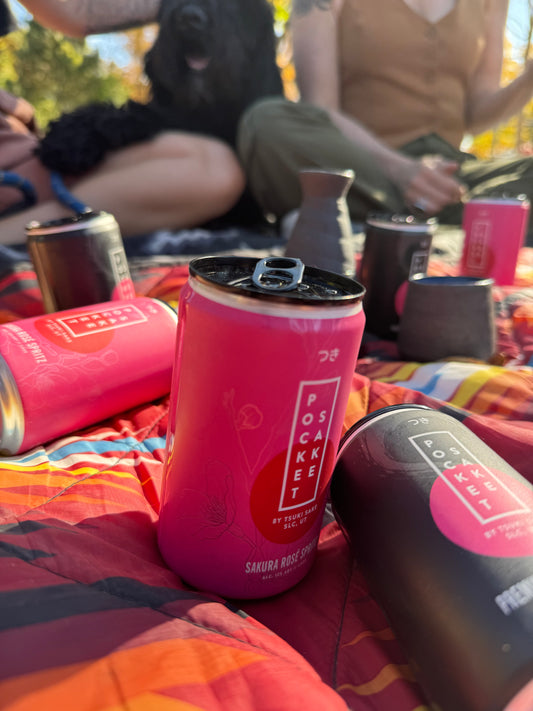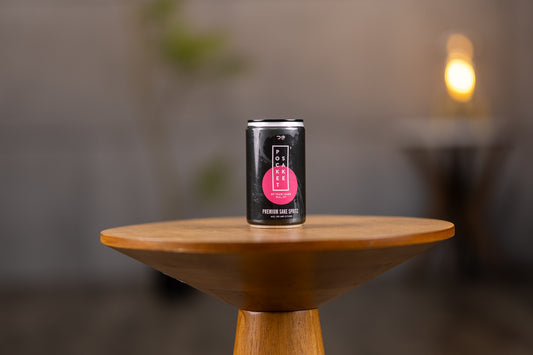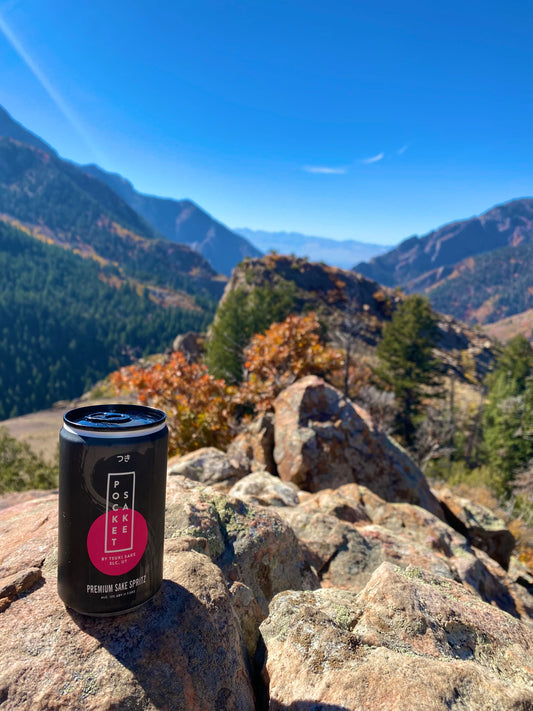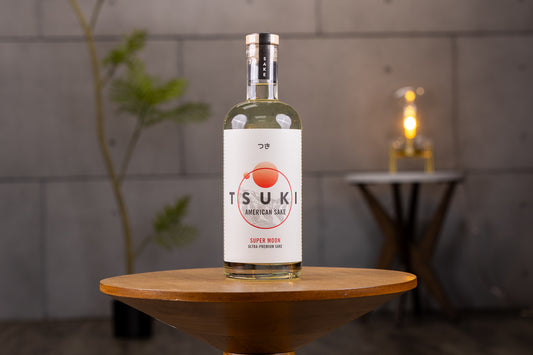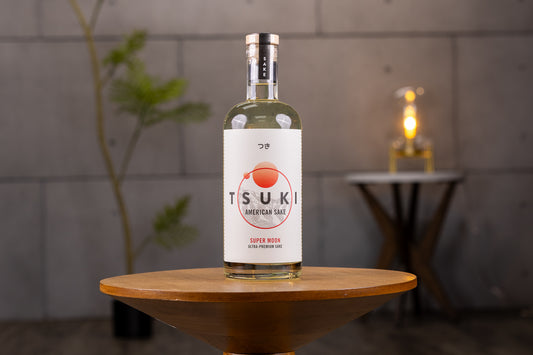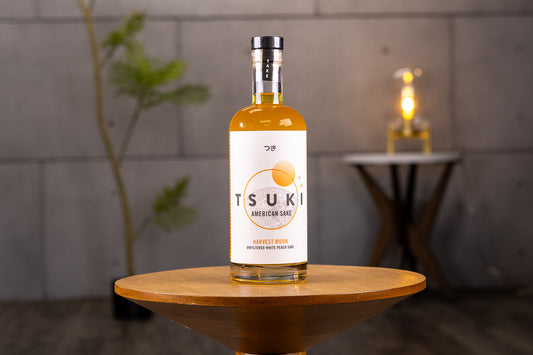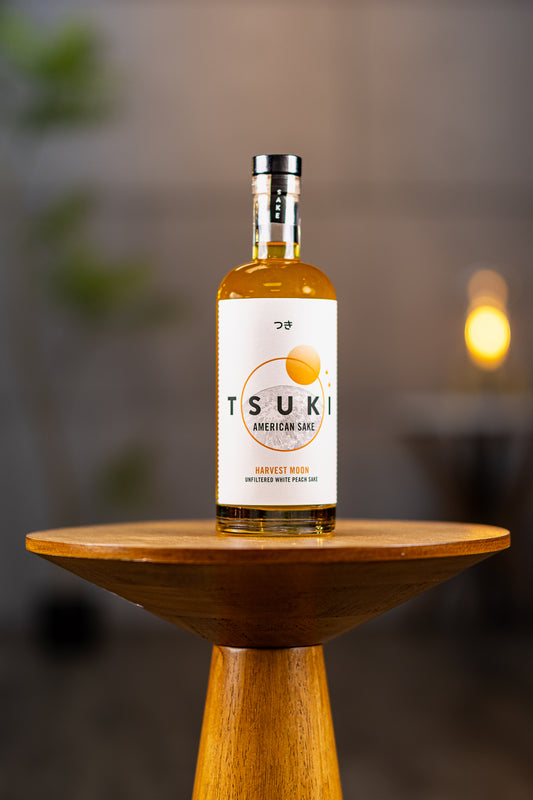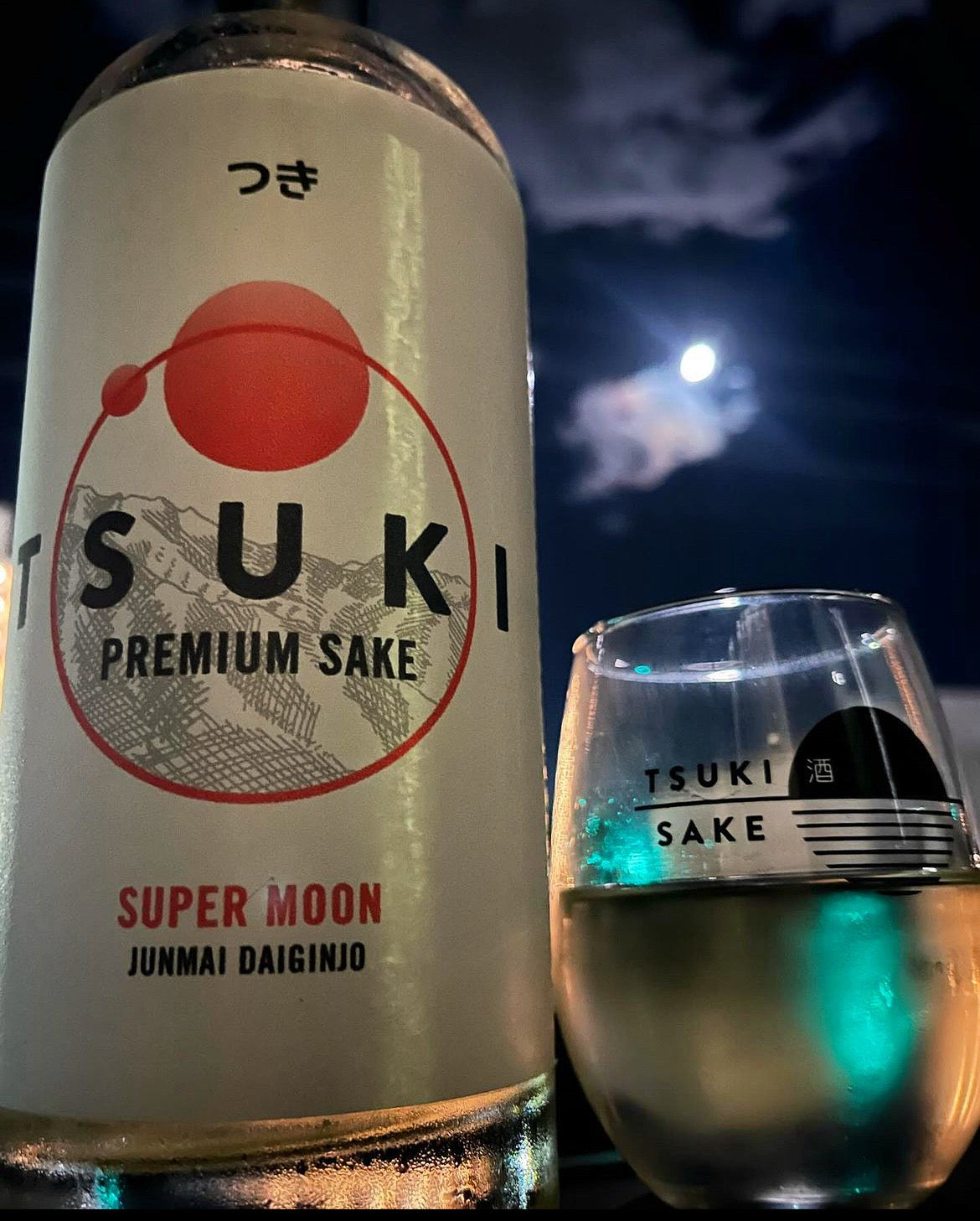
Tsuki "Moon" Sake celebrates the tradition of sake brewing with a nod to its historical roots, offering Premium Craft American Sake. Our products are created with consideration towards newcomers and seasoned sake lovers alike.
Curious About Sake?
What is sake made of?
Sake is brewed, not distilled, using very pure ingredients: water, rice, yeast, and koji. Similar to beer in that it is brewed, and generally categorized as wine due to its similar alcohol content.
What is koji? How is it made?
Koji spores prepare the steamed sake rice for fermentation by saccharifying starch into sugar. It also affects flavor and aroma of sake.
Koji is inoculated/sprinkled onto steamed sake rice in a hot and humid temperature controlled room throughout a laborious 48hr period. This is called the Koji Muro or Koji Room.
How is sake brewed?
There are a number of ways to brew sake. The simplest answer is that it after rice is polished, it is washed, soaked, and steamed. Part of the steamed rice is destined for the koji room, and part of it is destined for the "moromi" or main mash, where water, yeast, lactic acid, and koji are mixed into the same tank. This process is called mulitiple parallel fermentation, where the fermentable sugars are being produced simultaneously throughout the yeast fermenting them into CO2 (bubbly mash!), alcohol, and heat. This must be done in an open tank as pressure builds. All of Tsuki Sake's products are low and slow fermentation, or cooler tank temperatures over the length of 4-6 weeks of fermentation.
Is sake gluten free?
All Tsuki Sake products are gluten free, sulfite free, vegan, and kosher.
What is rice polishing?
Sake rice is larger than table rice and has a larger starch content. When we polish rice, we are removing the proteins, ash, and lipids from the outer grain. This gets us closer to the "shinpaku" or "white heart" center of the rice grain. This process creates a smoother, refined, and premium sake that is typically meant to be served cold instead of hot.
What does Junmai mean?
Junmai means pure rice, only water, rice, yeast, and koji are used from start to finish within the brewing process. No alcohol added!
All of Tsuki Sake's products are junmai style sakes.
What does seimaibuai/rice polish ratio mean?
This means how much rice is remaining after polishing.
Daiginjo = 50% remaining
Ginjo = 60% remaining
Honjozo = 70% remaining
Tsuki Sake's products are all Ginjo and Daiginjo grade premium sakes.
How do I drink sake?
It depends! The short answer is that Daiginjo and Ginjo grade sakes are generally meant to be enjoyed cold, as they offer complex aromas and refined palates. However, the long answer is that one of the lovable things about sake is it's versatility. Every sake can be enjoyed at a wide range of temperatures, creating a variety of experiences within the same sake. Sake served cold or chilled presents a more refined and elegant experience. As sake warms, the aromas bloom and become more pronounced, as well as dryness on the palate due to the alcohol content. Experiment and explore what you prefer!
Premium Sippers by Tsuki Sake
Our sakes are crafted with centuries-old brewing practices and sommelier expertise. Using traditional Junmai techniques, we create pure, refined beverages that complement your natural wellbeing. Every sake in our collection showcases premium to ultra-premium rice polishing, ensuring exceptional quality in every sip. For those seeking contemporary flavors, we offer innovative variations featuring fresh fruit purées and effervescent options, inviting you to explore the evolving world of sake!

